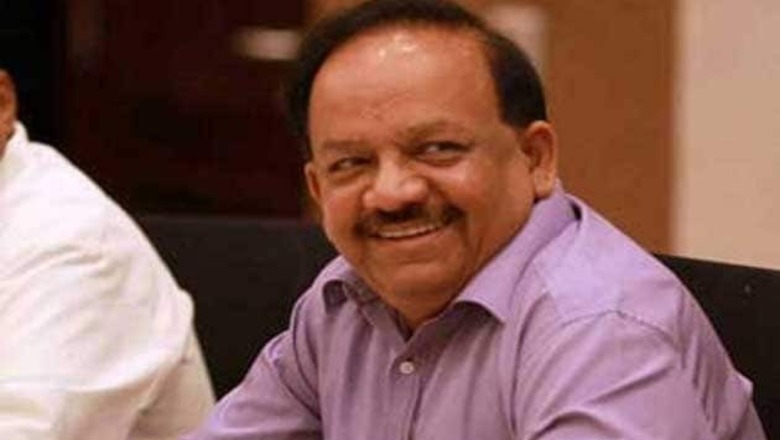
views
New Delhi: The Government hopes to roll out its ambitious Universal Health Assurance Mission by the end of this year as the Health Ministry ready with the details of its proposal which envisages to bring all Indians under health insurance cover.
"We are prepared with the scheme. We are in the process of discussion with states and expect that the first phase of the scheme will be rolled out very soon," ministry sources said about what they have described as the world's largest public health insurance programme.
The poor will get treatment free of cost, Health Ministry sources said, as they expect premium to be low for the rest of the population due to the country's predominantly young population.
The highlights of the proposed UHAM are that 50 essential drugs with a package of diagnostics and about 30 AYUSH drugs will be made available to all citizens at government hospitals and health centres across the country. A package of preventive and positive health information will be made available to all citizens and health insurance will be a built-in feature of the UHAM.
UHAM was a key poll promise of the BJP and Health Minister Harsh Vardhan had set up an Expert Group to prepare a roadmap to implement it for the entire population. It also figured in the President's inaugural address to Parliament on June 9. Headed by Ranjit Roy Chaudhury, retired Professor-Emeritus of Post-Graduate Institute of Medical Education and Research, Chandigarh, the group submitted its report within eight weeks.
At present health insurance covers about 25 per cent of the population and the UHAM is expected to give a big boost to the health sector. In the absence of any public health insurance scheme, the out of pocket personal expenditure on health care in India is over 75 per cent of total expenses compared to less than 15 per cent in countries like the United States of America and the United Kingdom.
One of the biggest challenges, Vardhan had noted recently at an event, would be to keep up the supply of doctors and technical personnel. The present doctor to population ratio, one to 1,700, needs to be improved. A great number of technical personnel in diagnostics and radiology among others are also necessary, he said.




















Comments
0 comment